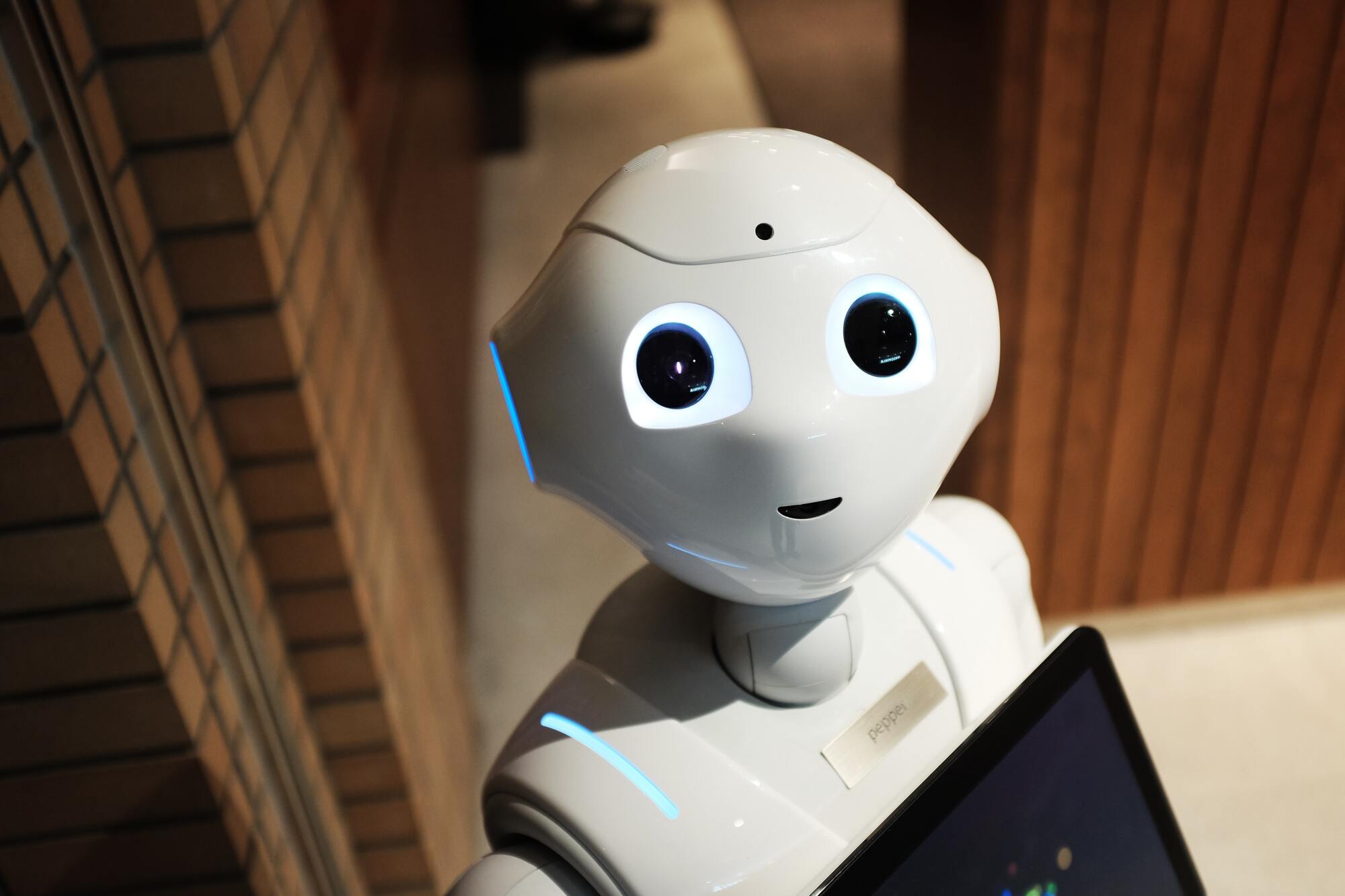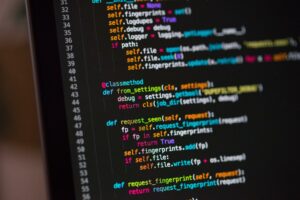
Codex initially appeared to be a technology that would eventually replace human employees. But it is capable of much more than just answering scripted interview questions. It can even translate across programming languages.
However it will come as a relief to many it offers no danger to expert coders.
In reality it is more a tool that will ultimately increase human productivity. It also might empower a whole new generation of people to learn the skill of computer programming. This will be achieved by showing them how to write small lines of code, somewhat like a teaching assistant.
Codex, developed by OpenAI, one of the planet’s most ambitious research laboratories, offers insight into the current status of artificial intelligence. Despite the fact that a wide spectrum of A.I. technologies have advanced by leaps and bounds over the last decade, even the most remarkable systems have wound up supplementing rather than replacing human labor.
Machines can acquire certain abilities by analyzing massive quantities of data.
This is thanks to the fast growth of a mathematical structure known as a neural network. They may learn to recognize a cat, for example, by scanning thousands of cat images.
Around four years ago, scientists at laboratories such as OpenAI began developing neural networks that processed huge quantities of text. These included thousands of digital books, Wikipedia articles, and other content posted on the internet.
The networks learnt to anticipate the next word in a series by identifying patterns in all of that material. When someone put a few words into these universal language models they were able to finish the idea with full paragraphs.
As a result, one system, named GPT-3 by OpenAI, could create its own Tweets, speeches, poems, and news stories.
Even the researchers who created the system were surprised that it could build its own computer programs; even when they were short and simplistic. It appears to have learnt from an unknown number of applications available on the internet. So OpenAI went a step further; training a new system called Codex on a massive amount of both text and code.
Codex can produce programs and even translate between 12 computer languages.
However, it frequently makes mistakes, and despite its amazing abilities, it cannot reason like a person. It can identify and replicate what it has seen in the past, but it lacks the agility to think for itself.
Codex will sometimes create a program that won’t run. Alternatively, they have security vulnerabilities. Occasionally they don’t even come close to what you want them to do. According to OpenAI, Codex generates correct code 37% of the time.
When it was used as part of a beta test program this summer it only worked if a little adjustment was made. For example modifying a command or configuring a part of the software.
Essentially Codex is only genuinely helpful for a skilled coder.
However, it has the potential to make programmers’ day-to-day work much more efficient. It may guide them in the direction of fresh ideas or assist them in locating the basic building pieces they require.
Many believe Codex may also assist beginners in learning to code. It excels at creating simple programs from concise English descriptions. It also works by teaching complicated code in plain English however. Some are already attempting to turn the system into a teaching tool.
The rest of the A.I. environment appears to be similar.
Robots are becoming more intelligent.
Chatbots built for internet communication are the same. DeepMind, a London-based artificial intelligence lab, recently developed a system that immediately recognizes the structure of proteins in the human body. This is critical in the development of vaccinations. That task used to take scientists years.
The few sectors where such machines can replace people are generally in positions that are difficult to fill. Robots, for example, are becoming increasingly valuable in shipping operations. Such operations are growing and always trying to find enough employees to keep up.
Gado Images set out to create a system that could dynamically search through picture archives recovering lost photographs. But also adding descriptions and tags automatically, and disseminating the images with other publications and companies. However, the system could only manage a portion of the workload.
It could search through a massive photo collection faster than humans, picking images that could be helpful and attempting captions. Finding the best and most significant images, as well as properly labeling them, still required the expertise of a professional archivist.
It was assumed these technologies would entirely eliminate the need for people, but it was found to be the case that this wasn’t actually realistic.
A trained individual is needed to examine the output, and technology makes mistakes.
It can also be skewed. Someone is still needed to go through what’s been done and judge what’s good and what isn’t.
Codex expands the capabilities of a machine, but it is also a sign that the technology is still developing.
A.I. is not performing as expected. It is not replacing any livelihoods. But it does takes away the repetitive and routine job from all of them.




